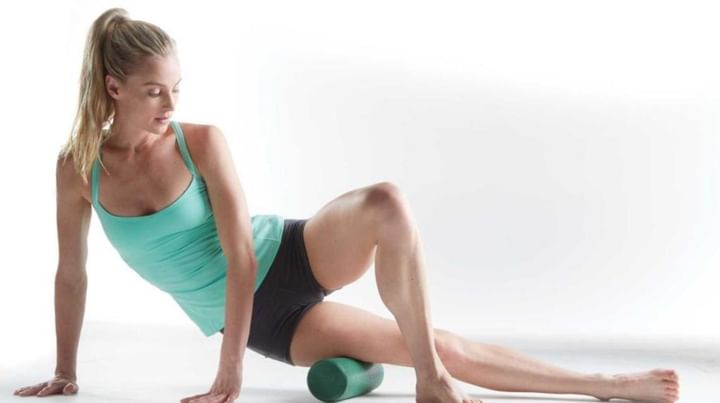Physiotherapy Treatment of Mcl Injuries - Mechanism of Injury
MECHANISM OF INJURY
The MCL is often injured as a result of a valgus force or combined valgus and external rotation forces. This injury can be caused by an external force such as a blow to the lateral aspect of the knee or falling to the side with the ipsilateral leg kept firmly fixed. Injury to the MCL is often associated with contact sports such as football in which there are frequent blows to the lateral side of the knee.
The deep portion of the MCL attaches to the periphery of the medial meniscus, and this firm attachment can often cause a peripheral tear due to a valgus force.
TREATMENT OF MCL INJURIES
The literature suggests that certain conditions must be met before optimal healing of the MCL can occur:
1) the torn ligament fibers must remain incontinuity or be confined within a well-vascularized soft tissue bed;
2)controlled, functional stresses help stimulate and direct the healing process and
3) there must be some protection against harmful stresses during collagensynthesis and the remodeling or maturation phases.
Thus we have to come toadopt the following criteria for surgical repair of the medial collateral ligament;
1) failed conservative non operative treatment;
2) complete rupture of the MCL with concomitant anterior cruciate ligament instability.
The severity of injury determined on physical examination determines the rehabilitation course and duration. The rehabilitation program is the same for minor to severe (grade 1 to grade 3) MCL sprains. However, the duration of treatment in each phase may be extended. The non operative rehabilitation of MCL sprains is based on five basic rehabilitation of MCL sprains is based on five basic rehabilitation principles:
- The effects of immobilization must be minimized.
- Never over stress healing tissue.
- The patient must fulfill specific criteria to progress from stage to stage.
- The program must be adaptable to each patient.
With these basic principles in mind, our rehabilitation program is based on early motion, early weight bearing, early control of pain and effusion, and retardation of muscle atrophy (especially the quadriceps).



+1.svg)
